Opinion: Five things FAU football must fix to win
With next season in sight, here are five factors FAU football has to fix to see success on the field.
Max Jackson | Photo Editor
April 9, 2015
Any person that watched Florida Atlantic football last season knew the team showed signs of both promise and stagnation under first year head coach Charlie Partridge, stumbling their way to a 3-9 season and leaving many fans with more questions than answers. With the spring game coming on April 11, I’ve compiled five suggestions for FAU football to succeed in the upcoming season:
-
Win on the road
One problem for last season’s team was a failure to win a single game away from Boca Raton. The Owls went 0-7 in away games, while compiling a 3-2 home record. The winless margin does not tell the whole story, however.
The Owls lost two of those games by one point. Against Middle Tennessee, The Owls lost 35-34, despite leading for the majority of the game. Two unanswered Blue Raider touchdowns in the final quarter — including the game winner, which was scored on fourth and goal— put the nail in the coffin for FAU.
The Owls also lost to Wyoming early in the season in similar fashion, 20-19 (more on this game later). That’s two situations where FAU lost control and the game got away from the Owls, and those weren’t the only frustrating losses for fans.
Against Marshall (who finished No. 23 in the Associated Press’ top 25 football poll), FAU held a 16-14 lead at the half after catching the Thundering Herd defense by surprise. However, the offense failed to score a single point in the second half, leading to a 35-16 defeat.
This was the case in the FIU loss as well. During the Shula Bowl on Oct. 2, 2014, FAU trailed 14-10 at halftime with a completely manageable four point deficit. However, a two-hour weather delay took the wind out of FAU’s sails, leaving the Owls without momentum and on the wrong end of a 38-10 defeat. The loss was also marked by a failure to score in the second half by the offense.
The Owls were outscored in the second half of away games this season 110-37 , good for a -73 point differential. The inability to score and hold your opponent late will not help you win games, especially on the road where points can be few and far between for the visiting team.
Besides the games against (No. 2) Alabama and (No.22) Nebraska where they were outscored 96-7, FAU hung tough for the majority of the season in away contests.The Owls held a point deficit average of 17.2 points over those five away loses, not including first two games or home losses.
While not the most attractive number, improving offense and defense in the second half of games can only stand to help the Owls close out and win away from FAU stadium.
-
Hang on to the football
Turnovers can lead to the death of any football team’s postseason hopes, and FAU was no different. The most problematic turnovers for the Owls were fumbles, as current-senior quarterback Jaquez Johnson threw only five interceptions in the 12 game season, four of the five coming in the final four games of the season.
The Owls fumbled a total of 19 times, losing the ball 13 times from those mistakes. Their 18 total turnovers over the season ranked tied for 33 out of 125 teams. Not bad, but sometimes quality (or lack of it, in this case) trumps quantity.
Going back to the Wyoming game — a good representation of the season as a whole — a fumble by Jaquez Johnson in the opposing end of the field with 2:05 left in the fourth quarter gave the Cowboys the ball while they trailed 19-17.
FAU needed to contain the Cowboys to hold on, who were deep in their own territory. However, a defensive lapse let the Wyoming offense march 91 yards down the field to later kick an 18-yard field goal with 15 seconds left, taking the lead 20-19. FAU could have avoided that fate if they hadn’t fumbled on three other occasions in the game (lost possession twice) and used their time with the ball more wisely.
Johnson and junior running back Jay Warren were FAU’s leading rushers, combining to rush for 1,084 of FAU’s 1,963 yards on the ground (effectively comprising 55.2 percent of all ground yards). While the duo scored nine times, they fumbled the ball eight. The only player with more fumbles was senior Lucky Whitehead with five.
Warren’s fumbles also led to an increase in looks for running backs Tony Moore and Greg Howell (redshirt senior and freshman at the time, respectively), effectively keeping him off the field at times late in the season. With Warren looking like the running back in camp who might get the most starts with Moore gone, he must prove he has ball security in key situations or risk being taken off the field like last season.
No coach likes to admit fumbles and interceptions happen, but they do. The Owls must limit fumbles at key moments in the game to stay efficient.
-
Replace major senior losses
FAU graduated multiple senior players who made an impact on both sides of the ball, and will undoubtedly have some reshuffling to do before the season begins.
On offense, wide receiver and kick returner Lucky Whitehead’s absence will be felt. With 706 yards of receiving and six receiving touchdowns (both team highs), Whitehead leaves a big hole to fill for the remaining players. Along with his duties as a slot receiver, Whitehead’s speed was utilized on special teams and running plays, scoring two more touchdowns in the process (one rush, one punt return).
Other losses in the receiving corps include wide receiver William Dukes and tight end Alex DeLeon, who combined for 554 yards and six touchdowns.
Look for senior wide receiver Jenson Stoshak to get more passes his way in his final season as an Owl. Stoshak had 508 yards and two touchdowns as a junior last season. Sophomore wide receiver Henry Bussey and sophomore tight end Nate Terry will step up from limited reps to try and make an impact. Terry will also have to replace DeLeon’s ability to block the pass rush.
Offensive lineman Braden Lyons also graduated last season, creating a need for the line. Junior offensive lineman Kelly Parfitt, originally from UCF, will work his way into a starting position after sitting out last season due to NCAA rules.
On the defensive side of the football, defensive back D’Joun Smith is a major loss for the Owls’ secondary. While he only had one pick this season, he created pressure and made quarterbacks think twice about targeting receivers he covered on his way to defending nine passes.
The losses of linebacker Andrae Kirk, safety Damien Parms and defensive back Christian Milstead also create more needs for the Owls’ defense.
Kirk, a team captain, led the team in total tackles with 103, as well as two sacks and two interceptions. Parms was second on the team with 84 total tackles, including three tackles for loss. Milstead had 58 tackles and defended seven passes on the year.
Senior defensive back Cre’von LeBlanc is a great stabilizer for the defense to build behind. Last season, LeBlanc had 71 total tackles and two interceptions. He will definitely be called on to contribute numbers like that again.
Junior defensive end Trey Hendrickson will be a force to be reckoned with on the pass rush in the fall. Fighting his way to four sacks as well as two forced fumbles (most on team), Hendrickson will come out of spring wanting to have an impact.
While losing multiple big play guys is scary for a building program, an influx of new talent will create an interesting battle for starting spots come fall.
-
Give up less yardage on ground against opponents and stop late down conversions
During this season, FAU seemed to be decent against the pass but faltered when opponents turned to their running backs. Opposing teams averaged 232.2 yards per game when running against the Owls, who ranked 113 out of 125 FBS teams in rush yards given up.
FAU also gave up 5.5 yards per carry against opposing running backs, ranking 119 out of 125 in the FBS.
A prime example of FAU’s failure to stop the run came against Marshall. Then-junior running back Devon Johnson ran for 272 yards and four touchdowns against the Owls, three of which went for over 55 yards. Johnson gained 11.3 yards per carry, averaging more than enough for a first down each time he held the ball.
If the defense had better prevented big runs, they would have been able to pinpoint senior Rakeem Cato’s passing. Cato threw for 218 yards and a touchdown, which came in the third quarter.
Another defensive fault was FAU’s inconsistency in defending on third and fourth downs. The Owls allowed teams to convert 46.55 percent on third down (ranked 117 in FBS), and 62.5 percent on fourth down (ranked 103). No team wants to give their opponent extra chances, and FAU will have to stop teams on late down counts to succeed.
-
Pick up the pace
Play calling last season was an interesting mix of fast and slow under first-year head coach Charlie Partridge, who mixed no-huddle fast sets with slow tempo sets to a mixed effect. The Owls averaged 69.1 plays in a game (ranked 114 in the BCS), a slow pace but understandable with a new coach developing his strategy and philosophies for his team.
In contrast, No. 7 ranked Baylor ran the fastest offense in the NCAA, calling an average of 90.3 plays per game during the season. Their speed of play led to more points for the Bears, scoring 46.4 points and 569.9 yards (both totals the most in the BCS) en route to an 11-2 record.
Logic then dictates that more plays equals more opportunities to score. With Jaquez Johnson having more experience under his belt after his first season playing Division I Football, Partridge should have an easier time moving towards quicker tempo.
The only downside to the increase in pace would be a decrease in the amount of time with the ball. Baylor had an average time of possession of 29 minutes and six seconds, while FAU held the ball for 29 minutes and 20 seconds.
This would obviously lead to more turnovers and less time holding the ball, but the pros simply outweigh the cons. A fast offense keeps opposing defenses on their heels when run properly, and the prospect of more gains will force FAU to speed up.
Despite their lackluster record, FAU comes into the season with the second-best recruiting class of 2015 in Conference USA (behind Marshall). There is no doubt the future looks bright for the Owls with the pieces they have assembled. The question is, when will they start shining?

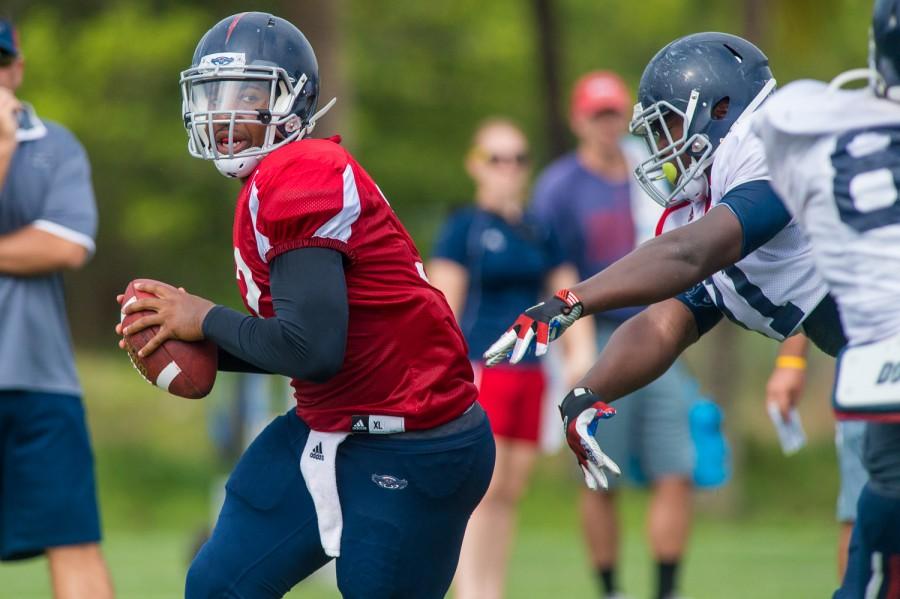



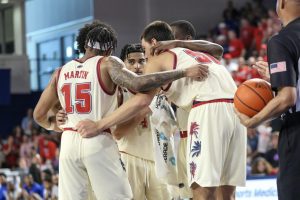

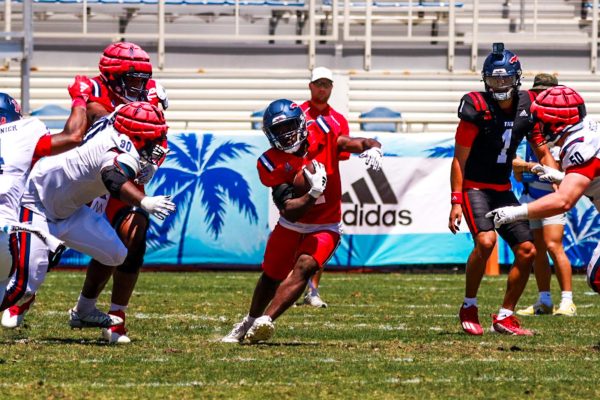
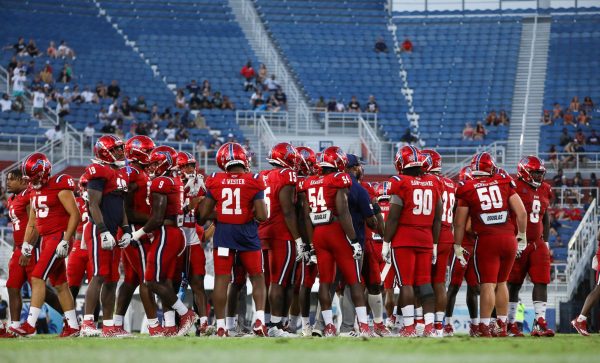
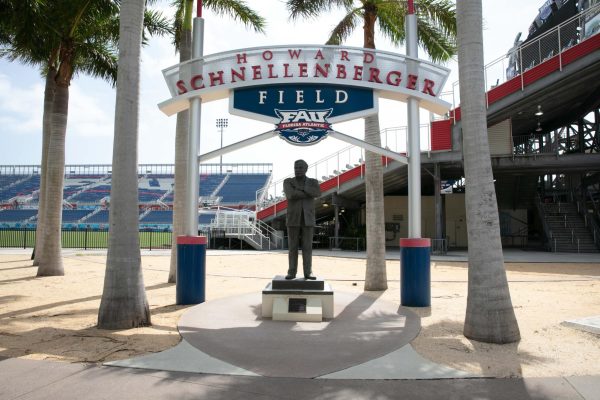
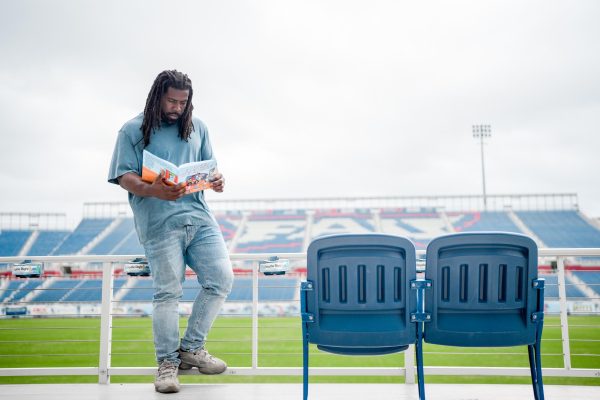
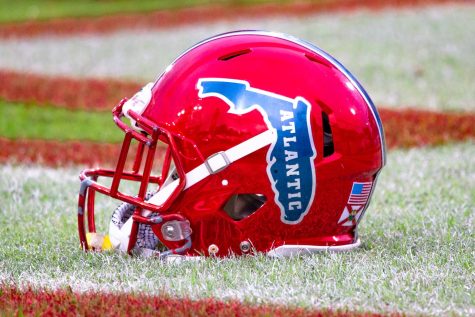
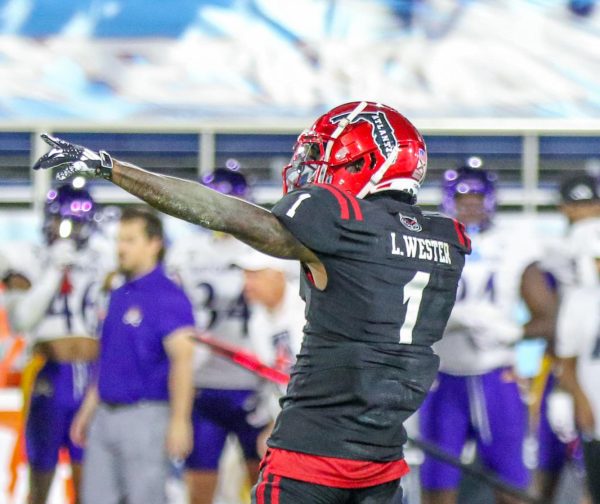
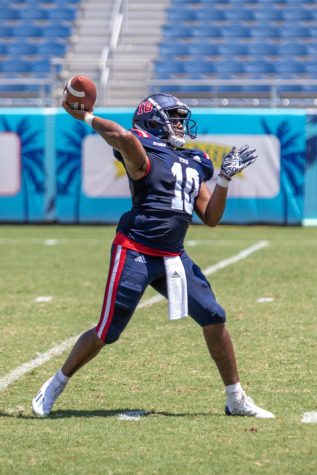
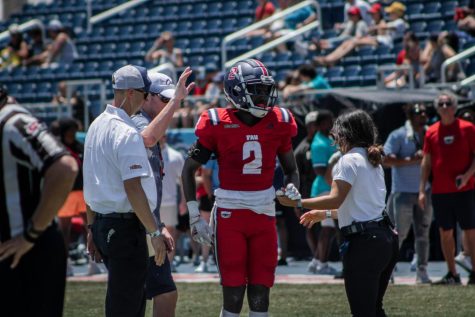
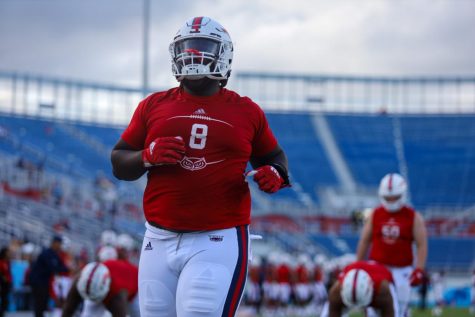
Sports Tickets • Sep 7, 2015 at 10:30 am
Arlington-IF the U wasn’t concerned about #OWLin then you wouldn’t be responding! Friday night is going to be historic, one way or the other. Follow me @mysportstickets to continue the debate with some of my other followers on Twitter! #UM and #FAU
Jack • Apr 16, 2015 at 2:33 pm
Fumbles were the biggest issue. Our recruiting classes the past two years have been outstanding. I never understood why Pelini didn’t focus more on local recruits. I think we see a big jump this year. Offense has been good and is still improving. Defense needs to improve in the trenches. We had great defensive back talent last season but having good DBs is useless when a quarterback has all day to throw. Three biggest areas for improvement: Turnover ratio, Run Defense, Pass Rush. Biggest area for regression: Pass coverage, losing all our top DBs hurts. On an other note when are we going to know the schedule?
Sports Tickets • Apr 11, 2015 at 10:31 am
I like what FAU is doing to bring in more competition. If we beat UM this year, its on! http://www.sportstickets.biz/fau-football/
arlington neiswander • Sep 7, 2015 at 10:15 am
If they ever beat the”U”. That would signal your dream is finished and it’s time to wake up and get a cup of coffee because the real world awaits!! HAHAHA.
caj • Apr 9, 2015 at 3:18 pm
Defense was our biggest flaw last season, with the exception of a couple of games, the majority of the season showed that we can score. Lucky leaving will hurt, but hopefully a more experienced QB Quez, and a jay warren that has been working on his ball security will spell continued production from the offense. The defensive coordinator has switched to simpler schemes, ones that resemble what the owls did very successfully in the 6-6 2013 season. Hopefully that coupled with the influx of talent coming in the fall will show defensive improvement sooner than later. If we can close out games in which we are leading, like the Wyoming and MTSU games, and maintain composure and discipline, we will be successful.